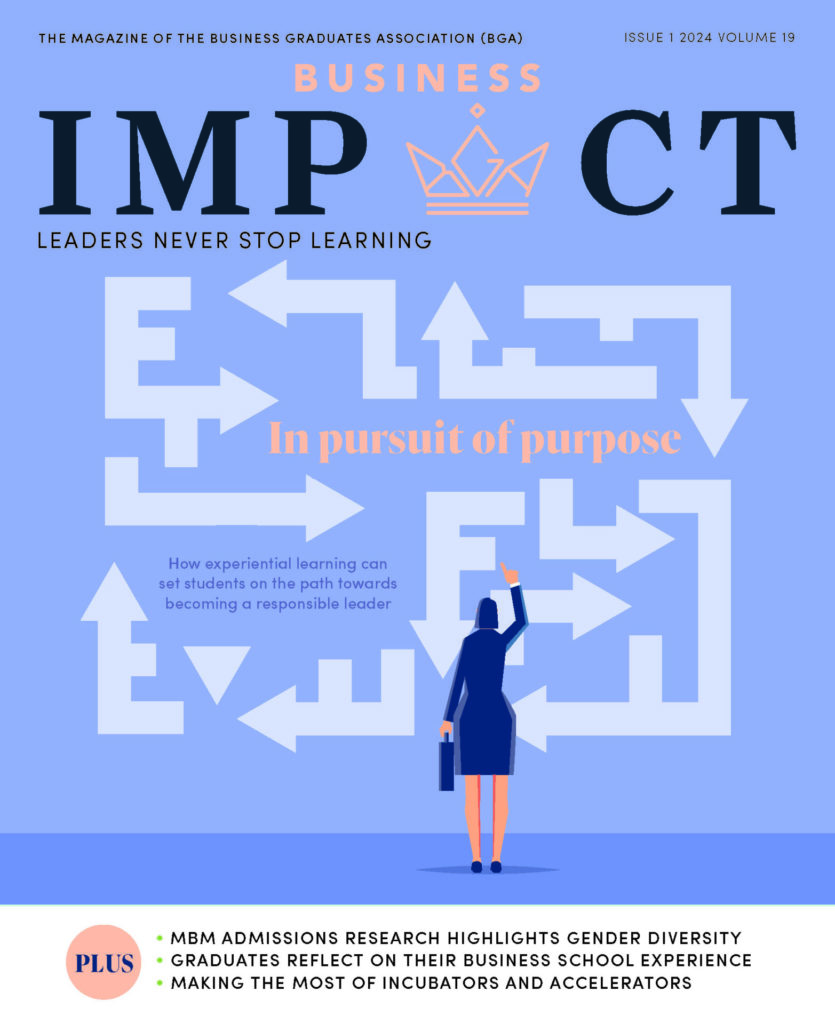There is a growing trend among marketers to redirect their focus from creating and selling products to delivering exceptional customer experience. This shift has broadened the marketing scope from a single function to a cross-functional approach, as customer experience encompasses all interactions and points of contact a customer has with a company.
Customer experience might include various touchpoints, such as exposure to advertising, searching on Google, browsing an aisle, using the product, making warranty claims and discussing the product on social media. The impact of each touchpoint is influenced by the context of other touchpoints, making the customer experience holistic and integrated. Therefore, customer experience is a multifaceted concept greater than the sum of its parts.
Underlying reasons behind a growing trend
The movement towards competing in the realm of customer experience can be attributed to several factors. First, transparency on the internet can lead to the faster commoditisation of products, as customers and competitors are able to compare product specifications with ease. This enables customers to make well-informed choices and competitors to emulate the top products in the market quickly.
Companies must now rely more on intangible factors to differentiate their products as the gap between tangible features diminishes. Creating and launching a new product alone is not enough. The customer experience with a product, from discovery to purchase and usage, has become as important as the product itself. Unlike product specifications, customer experience is subjective, with each customer having a unique and personal experience, making it less susceptible to commoditisation.
Another reason customer experience has become a winning marketing strategy is the shortened product lifecycle. This is attributable to rapid shifts in younger generations’ product preferences, with social media often determining what is trendy and desirable.
With products becoming less popular quickly, companies have a narrower window to generate revenue from them, which has led to the need to launch new products frequently. This can be a challenging task. Nevertheless, providing a unique customer experience can prolong the product lifecycle.
Marketers are forced to innovate on customer experience due to accelerated commoditisation and shortened product lifecycles. However, improving customer experience not only addresses these challenges but also leads to increased revenue. Elevating the customer experience leads to greater engagement, as customers spend more time with products, resulting in a greater likelihood for them to have a higher willingness to pay, buy more of the same products and share their experiences with their friends and family.
Innovation and reinvention to elevate the customer experience
Coca-Cola, a global heritage brand, serves as a prime example. While the flagship product has been unchanged for more than 130 years, Coca-Cola continuously reinvents the customer experience of buying and consuming the product to maintain relevance among younger generations.
To this end, its campaigns have always tapped into the latest trends. For instance, the worldwide ‘Share a Coke’ campaign capitalised on the personalisation trend among young generations by featuring 250 of the most popular names in each country on its bottles. In the ‘Friendly Twist’ campaign, Coca-Cola introduced vending machines on campuses stocked with specially designed bottles that could only be opened when locked and twisted together with matching bottles. This innovative design encouraged the kind of social interaction that is often found to be lacking due to mobile phone addiction.
In recent years, Coca-Cola has also been a pioneer in embracing the immersive experience trend. It introduced Coca-Cola Creations, a range of limited edition beverages that reimagined the iconic Coca-Cola taste, complemented by immersive experiences across physical and digital realms.
One variant in this line is Coca-Cola Starlight, which envisions how outer space might taste. By scanning a can or bottle of this new flavour via the Coca-Cola Creations website, users can access an augmented reality concert featuring US singer and brand ambassador Ava Max. Another variant is Coca-Cola Zero Sugar Byte, a gaming-inspired drink that imagines what pixels taste like and comes with immersive experiences. Coca-Cola created a virtual island in the online video game Fortnite that showcases the product alongside a mini-game collection.
Coca-Cola’s marketing approach shows that the company understands the value of competing in the area of customer experience. Even when introducing new products, the company always strives to provide unique and trendy experiences that are integrated with these products.
This is an edited extract from Marketing 6.0: The Future is Immersive by Philip Kotler, Hermawan Kartajaya and Iwan Setiawan (Wiley, 2023).







